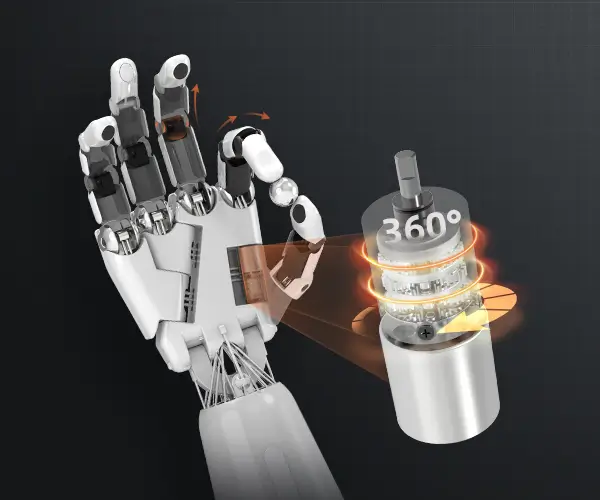When it comes to building scalable and reliable systems, connecting microservices is one of the core challenges every developer faces. In Java, it’s no different—especially when you want to ensure your microservices can communicate seamlessly with one another. So, how do you make sure they’re working together effectively? Let’s dive into how you can easily connect two microservices in Java.

First off, you need to know that communication between microservices isn’t as simple as just throwing a few API calls at each other. To connect microservices in Java, most developers lean on RESTful APIs or messaging protocols. If you’re familiar with HTTP, you’ll be happy to know that REST is one of the most popular and effective ways to handle this communication.
Setting Up RESTful APIs for Microservices
To get started with RESTful APIs in Java, the first step is to set up a web server. You can use frameworks like Spring Boot, which simplifies setting up REST services. Once you have Spring Boot set up, it’s a matter of defining endpoints for each microservice. Each service can expose certain APIs that other microservices can call.
For example, imagine you have two microservices—one for user management and another for order processing. The user service might expose an endpoint like /api/users/{id}, which allows other services to get user data. The order service can then call that endpoint using an HTTP GET request to fetch user details when creating an order.
Adding Some Power: Using Message Queues
While REST is great for direct communication, sometimes it’s not enough for more complex workflows. This is where message queues come into play. Java developers often use systems like Kafka or RabbitMQ to handle asynchronous communication between microservices. These tools allow you to send messages between services in a decoupled way, which improves scalability and fault tolerance.
So, let’s say the user service needs to send a message to the order service. Instead of waiting for a response immediately, it could send a message to a queue, and the order service can process it when it’s ready. This eliminates the need for both services to be online at the same time, which makes your architecture much more robust.
What’s Next? Handling Failures and Scaling Up
Connecting microservices is about more than just making sure they talk to each other. You need to consider failure management and scalability. Let’s face it, things go wrong, and if one service goes down, you don’t want your entire system to fail. This is where patterns like Circuit Breakers come in handy.
The Circuit Breaker pattern is commonly used in microservice architectures to prevent failures from cascading. For example, if the user service fails, the circuit breaker can stop making requests to it, and instead of failing, the order service will return a default value or handle the error gracefully. This allows your system to stay functional even in the face of failure.
As your microservices grow, you might want to look into load balancing. In Java, this can be achieved with tools like Spring Cloud, which offers built-in support for service discovery and load balancing. This ensures that requests are evenly distributed across instances of a microservice, helping you avoid performance bottlenecks.
In Conclusion
Connecting two microservices in Java is about choosing the right tools and patterns for communication. RESTful APIs provide a simple and effective way to connect microservices synchronously, while message queues offer a more flexible and scalable approach for asynchronous communication. Throw in a few failover strategies like Circuit Breakers, and you’ve got yourself a robust, scalable, and highly available system.
Established in 2005, Kpower has been dedicated to a professional compact motion unit manufacturer, headquartered in Dongguan, Guangdong Province, China. Leveraging innovations in modular drive technology, Kpower integrates high-performance motors, precision reducers, and multi-protocol control systems to provide efficient and customized smart drive system solutions. Kpower has delivered professional drive system solutions to over 500 enterprise clients globally with products covering various fields such as Smart Home Systems, Automatic Electronics, Robotics, Precision Agriculture, Drones, and Industrial Automation.




































